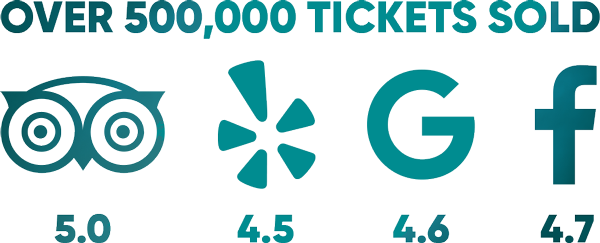
Bill English, Artistic Director
A Tony-winning Broadway hit, a brilliant jazz score by Cy Coleman, and a book by M*A*S*H*-writer genius Larry Gelbart, City of Angels has unfathomably not been revived on Broadway in 25 years. Why do it now? First off, it is a theatrical tour de force, pitting the two worlds of black and white film noir against the technicolor of early fifties Hollywood. With 40 scenes and 36 characters, played in our production by 11 actors, it is a worthy challenge to test the mettle of our growing company. And you know how we enjoy a theatrical challenge.
The show also holds hidden riches still relevant to our current lives in this story of a naïve novelist brought out to Hollywood to turn his novel into a screenplay. I believe the noir masterpieces of Dashell Hammet and John Cain were inspired by the European existential movement which proclaimed that we are alone on this corrupt planet with no one to guide us, cast adrift without a moral compass. The noir protagonists, so flawed and cynical are truly exisitential. In our spiritually challenged times, these noir heroes still resonate for us as we witness them blunder their way towards moral clarity.
City of Angels also explores the conflict between art and commerce. How is art even possible in the commodified American marketplace, where mass-produced culture creates a wasteland of worthless detritus, and where working artists are constantly faced with the temptation to sell out for “lots of dough.” Stine, the young novelist of City of Angels, confronts this conflict head-on when he is plunged into the Sodom and Gomorrah of Hollywood. The conniving, materialistic Buddy Fidler offers Stine $50,000 to turn his treasured opus into cinematic pulp. This timeless American conflict between art and commerce still festers in our consciousness.
City of Angels also addresses the inherent conflict between the heart and the mind. The pursuit of art to develop our hearts and compassion is kicked to a distant last on the priority list of our educational institutions. With such disparity between developing the mind over the heart, we risk creating bifurcated minds that cannot find the heart of the matter.
City of Angels gives us two protagonists, Stone (heart) and Stine (mind) and we watch them struggle to solve their problems in isolated worlds without access to their other half. Stone only “feels” and is repeatedly a victim of his heart’s impulses. Stine, by contrast, makes all his decisions with his head. They battle at the end of Act I in “You’re Nothing Without Me,” to prove whether heart or mind should be ascendant. But by the end of the play, both creator and created learn that the mind is crippled without heart, and the heart is forever lost without the mind. They, and we, learn that they are, indeed, nothing without the other.”

Bill




For the love of God, keep writing these arielcts.
For the love of God, what is an “arielcts”?
“City of Angels” ranks among top 3 plays you have ever done; other 2 being “Killer Joe” and “Company”. Look forward to enjoying another great play soon!